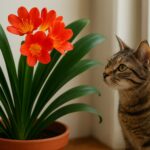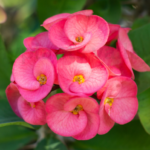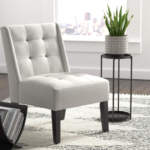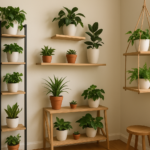In the great debate surrounding Rieger Begonia’s optimal growing environment, gardeners find themselves at a crossroads, pondering whether this vibrant species flourishes best indoors or outdoors. With its lush foliage and dazzling blooms, Rieger Begonia captivates enthusiasts worldwide, yet the question of its habitat persists. As we delve into this botanical dilemma, we uncover the intricacies of Rieger Begonia’s needs and preferences, shedding light on the factors that influence its thriving potential.
Join us to unravel the mystery behind this beloved plant’s ideal habitat, navigating the nuances of indoor and outdoor cultivation with curiosity and insight.
What is Rieger Begonia?
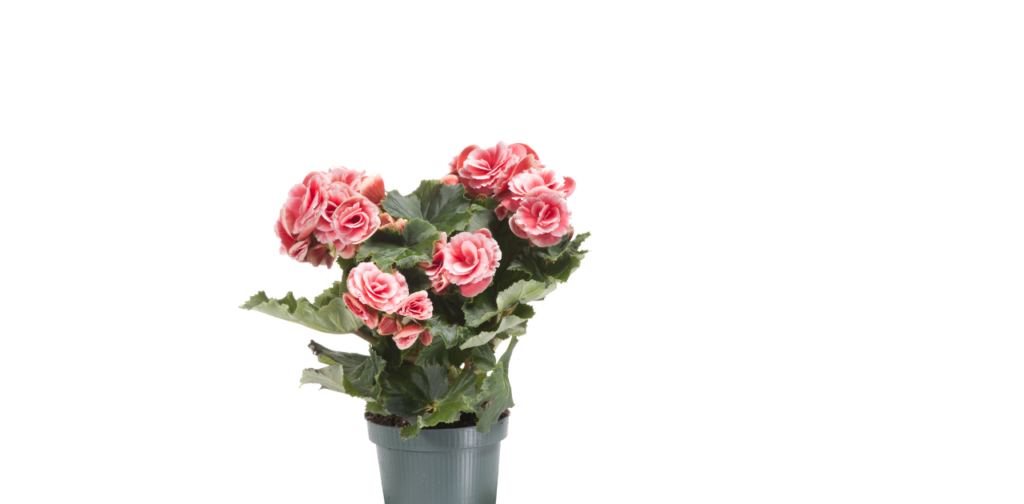
Rieger Begonia, scientifically known as Begonia × emails, is a hybrid species derived from various Begonia species. It is prized for its colourful flowers that bloom profusely, ranging from shades of red, pink, orange, and white. With proper care, Rieger Begonias can bloom throughout the year, adding a splash of colour to any indoor or outdoor space. These plants typically feature glossy, green foliage that complements their vibrant blooms, making them famous for gardens, containers, and indoor displays. Rieger Begonias are appreciated for their beauty and relatively low maintenance requirements, making them accessible to gardeners of all skill levels.
Characteristics of Rieger Begonia:
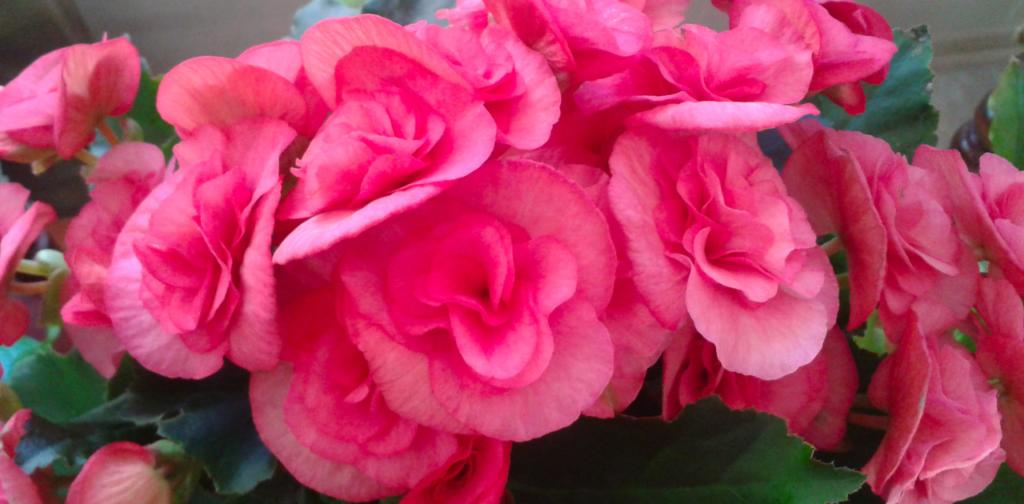
Here’s a tabulated outline of the characteristics of Rieger Begonia:
These characteristics highlight the adaptability and care requirements of Rieger Begonia, whether grown indoors or outdoors.
Rieger Begonia is characterized by its glossy, deep green leaves and vibrant blooms in pink, red, orange, or white hues. It boasts a compact size, making it ideal for various settings. Indoors, it thrives in bright, indirect light, preferring east or west-facing windows while appreciating higher humidity levels. Outdoors prefer partial shade or filtered sunlight and mild climates with temperatures above 50°F (10°C). Consistent moisture is essential, with watering required when the top inch of soil is dry. It thrives in well-draining soil and pots with drainage holes and moderate temperatures indoors (60 to 75°F/15 to 24°C).
Growing Conditions for Rieger Begonia
Light Requirements
Rieger Begonias thrive in bright, indirect light. When grown indoors, they prefer east or west-facing windows to receive ample sunlight without direct exposure. Outdoors flourish in partial shade or filtered sunlight, avoiding intense afternoon sun that can scorch their delicate leaves.
Temperature and Humidity
Maintaining moderate temperatures and humidity levels is vital for Rieger Begonias. Indoors prefer temperatures between 60 to 75°F (15 to 24°C), protected from cold drafts. They appreciate higher humidity, making them suitable for bathrooms or kitchens. Outdoors, they thrive in mild climates with temperatures above 50°F (10°C), avoiding frost and chilly winds.
Indoor vs. Outdoor: Where Does Rieger Begonia Thrive?
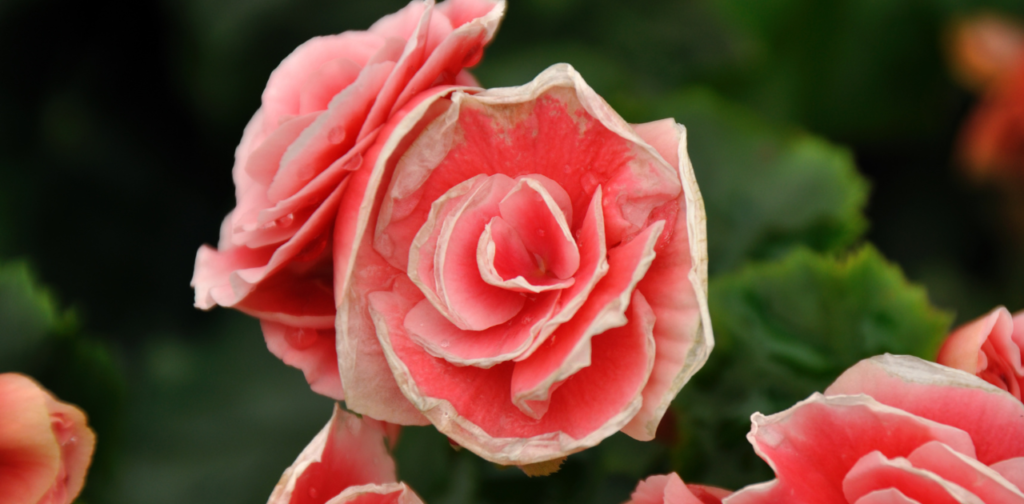
Determining the optimal environment for cultivating Rieger Begonia hinges on various factors, including environmental conditions, space availability, and personal preferences. Indoors, Rieger Begonias flourish in bright, indirect light, making them well-suited for placement near east or west-facing windows. Their compact size and ornamental foliage make them ideal for enhancing indoor spaces with bursts of colour and greenery. Additionally, they thrive in controlled indoor climates, appreciating moderate temperatures and higher humidity levels, which can be provided in settings such as bathrooms or kitchens.
On the other hand, growing Rieger Begonia outdoors offers its advantages. Outdoors, these begonias thrive in partial shade or filtered sunlight, contributing to garden beds, borders, or containers with their vibrant blooms and lush foliage. They are well-adapted to mild climates, preferring temperatures above 50°F (10°C) and avoiding frost or chilly winds. Their resilience to outdoor conditions and ability to attract pollinators make them valuable additions to outdoor landscapes, enriching the garden’s biodiversity. Whether grown indoors or outdoors, Rieger Begonia thrives in environments that provide adequate light, moisture, and protection from extreme conditions.
Benefits of Growing Rieger Begonia Indoors
Growing Rieger Begonia indoors offers many benefits catering to aesthetic and practical considerations. Firstly, these begonias are captivating ornamental additions, injecting bursts of colour and vibrancy into indoor spaces. Their glossy foliage and vibrant blooms create a visually pleasing atmosphere, enhancing the overall ambience of any room.
Moreover, Rieger Begonias are renowned for their air-purifying properties, effectively removing toxins and pollutants from indoor air. By absorbing harmful chemicals such as formaldehyde and benzene, they improve indoor air quality, promoting a healthier living environment for occupants.
Additionally, cultivating Rieger Begonias indoors provides a rewarding gardening experience for enthusiasts of all skill levels. Their relatively low-maintenance requirements make them suitable for beginners, while their beauty and versatility continue to captivate seasoned gardeners. Whether placed in pots, hanging baskets, or as part of a terrarium display, these begonias add a touch of nature’s beauty to any indoor setting.
In summary, the benefits of growing Rieger Begonia indoors encompass aesthetic enhancement, air purification, and the joy of gardening, making them an excellent choice for indoor cultivation.
Benefits of Growing Rieger Begonia Outdoors
Growing Rieger Begonia outdoors presents many advantages that complement outdoor landscapes and gardening endeavours. Firstly, these begonias serve as stunning focal points in garden beds, borders, or containers, elevating the visual appeal of outdoor spaces. With their vibrant blooms and lush foliage, they contribute to creating captivating garden displays that delight the senses.
Moreover, Rieger Begonias play a valuable role in attracting pollinators such as bees and butterflies, enhancing biodiversity and ecological balance in the garden. Their nectar-rich flowers provide a vital food source for these beneficial insects, supporting their populations and fostering a thriving ecosystem.
Furthermore, cultivating Rieger Begonias outdoors offers the convenience of low-maintenance gardening, requiring minimal intervention once established. Their resilience to outdoor conditions and their ability to thrive in various climates make them an excellent choice for gardeners seeking hassle-free yet visually rewarding plants.
Caring for Rieger Begonia Indoors
Light Requirements:
Rieger Begonias require bright, indirect light when grown indoors. Placing them near east or west-facing windows ensures they receive adequate sunlight without exposure to direct rays, which can scorch their delicate leaves. Supplemental fluorescent lighting can augment natural light, especially in areas with limited sunlight exposure.
Watering and Humidity:
Maintaining consistent moisture levels is crucial for Rieger Begonias indoors. Water them when the top inch of soil feels dry, ensuring thorough drainage to prevent waterlogging. These plants appreciate higher humidity levels, making them ideal candidates for placement in rooms with naturally higher moisture levels, such as bathrooms or kitchens. Alternatively, using a humidifier or placing a tray of water and pebbles beneath the plant’s pot can help increase humidity levels around the plant.
Soil and Potting:
Choosing the right soil mix is essential for Rieger Begonias grown indoors. Opt for a well-draining, peat-based potting mix that retains moisture without becoming soggy. Repotting annually in the spring helps refresh the soil and provide ample space for root growth. Select pots with drainage holes to prevent water accumulation at the roots.
Temperature:
Maintaining moderate temperatures is vital to the health and vigour of Rieger Begonias indoors. They prefer temperatures ranging from 60 to 75°F (15 to 24°C), avoiding exposure to cold drafts or sudden temperature fluctuations. Placing them away from heating vents or air conditioning units helps maintain stable temperatures conducive to their growth and development.
Caring for Rieger Begonia Outdoors
Climate Considerations:
When growing Rieger Begonias outdoors, consider the climate of your region. These plants thrive in mild climates with temperatures above 50°F (10°C). They are not frost-tolerant and should be protected from chilly winds or frosty conditions. If temperatures drop below their preferred range, consider bringing them indoors or providing protective coverings to prevent damage.
Sunlight:
Outdoor Rieger Begonias prefer partial shade or filtered sunlight. Plant them in locations where they receive morning sun and afternoon shade to prevent leaf burn and encourage robust growth. Avoid placing them in areas with intense, direct sunlight, as this can scorch their foliage and hinder their overall health.
Soil and Watering:
Provide well-draining soil rich in organic matter for outdoor Rieger Begonias. Amend the soil with compost or organic matter to improve drainage and fertility. Water them regularly, ensuring the soil remains evenly moist but not soggy. Mulching around the base of the plant helps retain moisture, suppresses weed growth, and maintains a consistent soil temperature, promoting healthy root development and overall growth. Adjust the watering frequency based on weather conditions, increasing during hot, dry periods and decreasing during cooler, rainy seasons. Regularly check the soil moisture level and adjust watering to prevent overwatering or underwatering.
FAQs (Frequently Asked Questions)
Can Rieger Begonia tolerate direct sunlight indoors?
Rieger Begonias prefer bright, indirect light indoors and can suffer from leaf burn if exposed to direct sunlight for prolonged periods. It’s best to place them near east or west-facing windows where they can receive filtered sunlight.
How often should I water my Rieger Begonia indoors?
Watering frequency depends on various factors such as temperature, humidity, and soil moisture. Generally, water your Rieger Begonia when the top inch of soil feels dry, ensuring thorough drainage to prevent waterlogging.
Do Rieger Begonias require fertilization?
Yes, Rieger Begonias benefit from regular fertilization during the growing season. Use a balanced, water-soluble fertilizer diluted to half strength every 4-6 weeks to promote healthy growth and vibrant blooms.
Can I propagate Rieger Begonia?
Yes, Rieger Begonias can be propagated through stem cuttings or leaf cuttings. Select healthy stems or leaves, dip them in rooting hormone (optional), and plant them in a well-draining potting mix. Keep the soil consistently moist until roots develop.
Are Rieger Begonias safe for pets?
While Rieger Begonias are not considered highly toxic, ingesting their leaves or stems can cause mild gastrointestinal upset in pets. It’s best to keep them out of reach of curious pets and monitor them closely if they interact with the plant.
Conclusion
In conclusion, whether grown indoors or outdoors, Rieger Begonia thrives with proper care and attention. Its vibrant blooms, ornamental foliage, and air-purifying qualities make it a valuable addition to any space. Indoors, it enhances the ambience of rooms, while outdoors, it contributes to garden beauty and biodiversity. By providing the right light, water, soil, and temperature conditions, gardeners can enjoy the beauty and benefits of Rieger Begonia year-round, enriching their living spaces and outdoor landscapes.


